Icons
In the Orthodox Church, icons are sacred images painted on wood, carved in stone, molded in metal, sewn on cloth, or made in any suitable material. They conform to a canonical non-naturalistic style, and are venerated by the faithful with bows, kisses, incense and lights, with the understanding that the icon itself is not worshipped, but the honor given it is transferred to Christ, the Mother of God, or to whatever saint is depicted thereon.
In the New Testament, the Invisible, Indepictable God of the Old Testament became man of the Virgin Mary, and in the act of taking on our humanity, became depictable. Thus reason the holy fathers of the Seventh Universal Council (787 A.D.) in their defense of the Orthodox practice of the veneration of icons. For many years the church had been troubled over the use of images, wondering if, perhaps, it violated the commandment of the Old Testament. The Seventh Council put an end to all doubts, making it clear that by the venerating icons, we proclaim our faith in the true Incarnation of Jesus Christ. The Old Testament prohibition against images can no longer apply, since through the Incarnation, it had been cancelled by God Himself.
Holy icons are kept not only in the church, but also in every Orthodox home, which is regarded as a “little church.”

